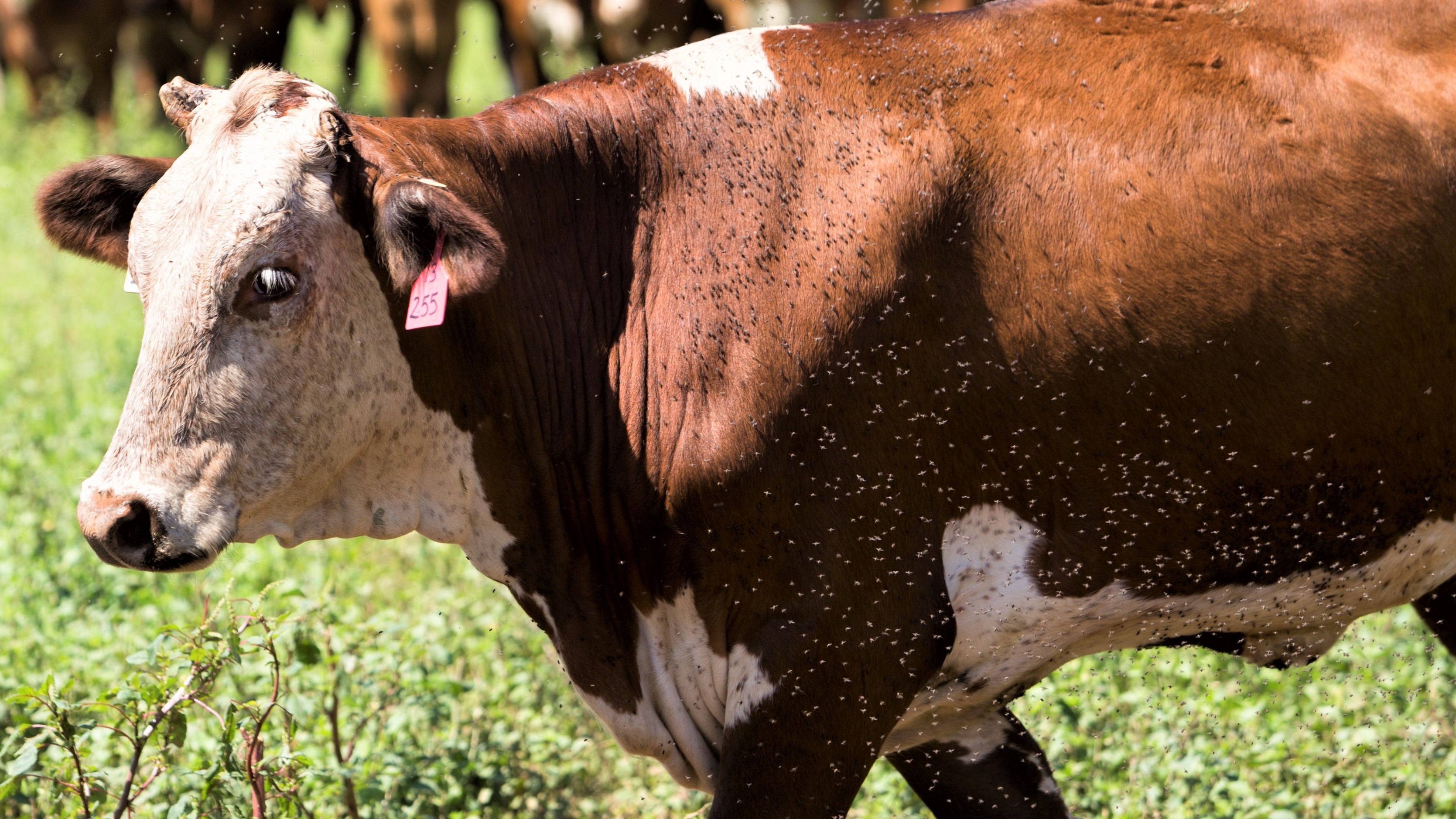
by Nick Simmons | Jun 8, 2018
The temperature has risen across the Southeastern United States, and so has the water in rain gauges in many areas. For cattle producers this brings on much needed summer forages, hay production, and time to evaluate their cattle after a mild spring. This time of year...
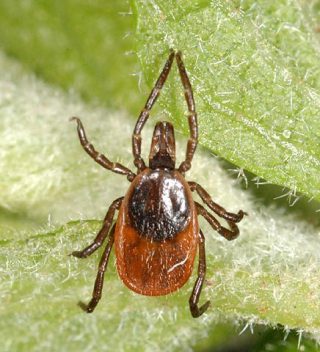
by Evan Anderson | Jun 1, 2018
Most people can probably tell you that ticks carry Lyme disease. This bacterial disease can cause long-term health problems for humans if left untreated, but it is thankfully relatively rare to find in Florida (132 confirmed cases in 2016). Though Lyme disease...
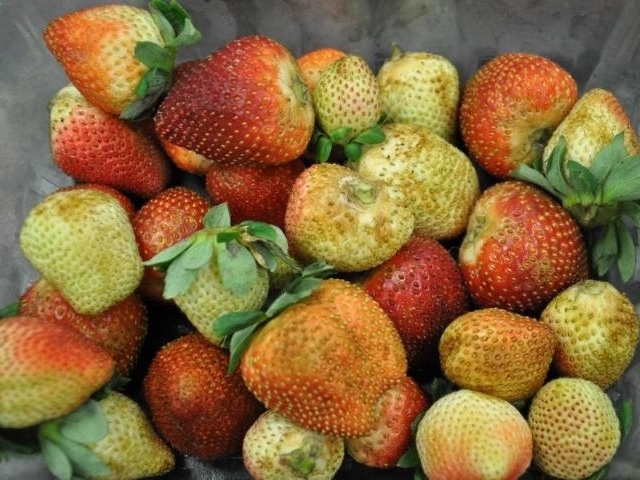
by Joe Funderburk | May 11, 2018
By Iris Strzyzewski, Biological Scientist and PhD Student, Joe Funderburk and Justin Renkema, UF Entomologists. Over the last few years, Florida strawberry growers have been faced with declining market prices, increased global competition, and suspected and documented...
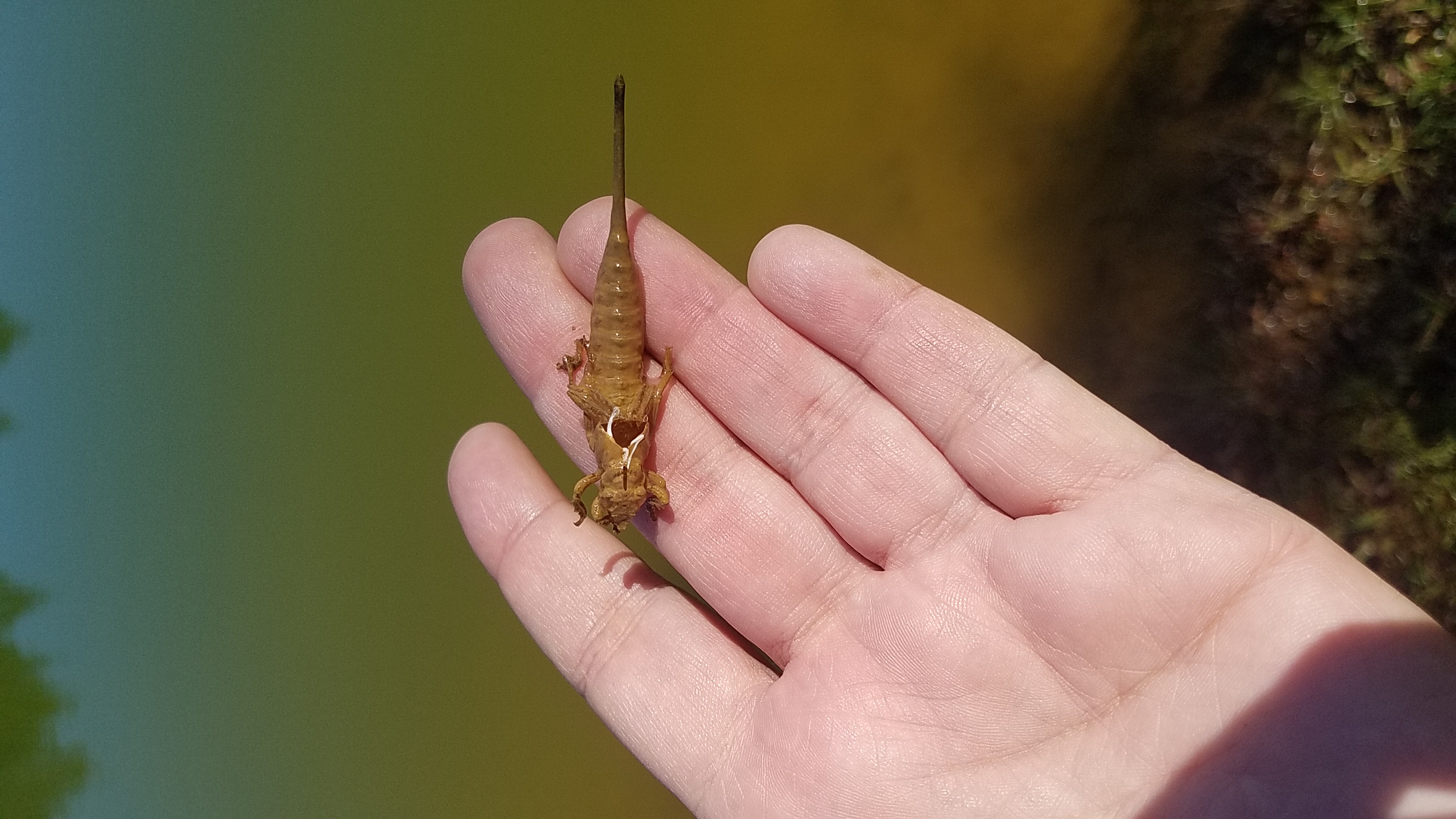
by Libbie Johnson | May 11, 2018
During a pond visit to the dry northern part of Escambia County, something caught my eye floating along the margins of the pond. There, on the shore, perched on a blade of grass, was an empty dragonfly exoskeleton and a newly emerged adult dragonfly (see image...
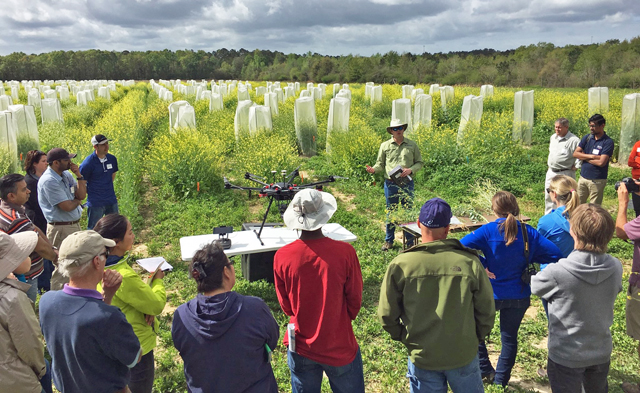
by Ian Small | Apr 27, 2018
Authors: Dan Geller, Ben Christ, Wendy-Lin Bartels, Bill Hubbard, Sheeja George, Ian Small, David Wright This Spring, both farmers and researchers in the Southeast United States are at work. Inside the farm gate, producers are taking advantage of every opportunity to...
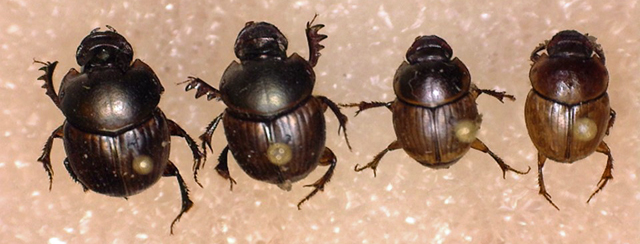
by Xavier Martini | Mar 16, 2018
Authors: Derrick Conover, and Xavier Martini, UF/IFAS North Florida Research and Education Center Throughout the world, dung beetles are important beneficial insects to cattle pasture ecosystems, as they support the processing and removal of livestock waste. With...







